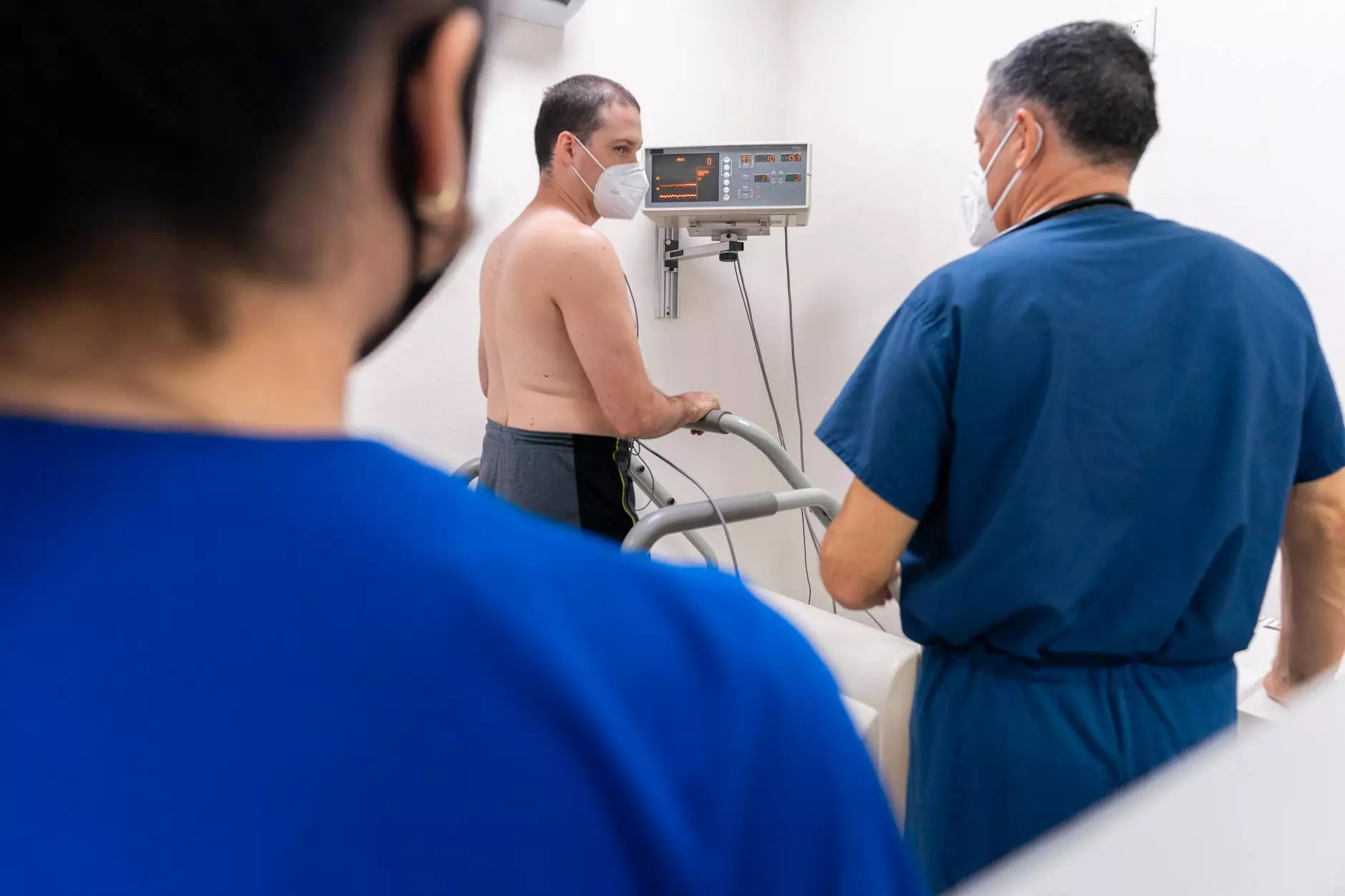Understanding Hysterectomy Procedure Types: A Comprehensive Guide

When faced with medical conditions affecting the uterus, many women may be advised to consider a hysterectomy. This surgical procedure involves the removal of the uterus and is a common solution for various health issues. In this comprehensive guide, we will explore the different hysterectomy procedure types, delving into their indications, techniques, and recovery processes to enhance your understanding and help you make informed decisions.
What is a Hysterectomy?
A hysterectomy is a surgical procedure to remove a woman's uterus. The uterus plays a crucial role in female reproduction, and its removal can have significant consequences on hormonal balances and reproductive capabilities. It is essential to understand the reasons and methods involved in this procedure.
Indications for Hysterectomy
The decision to undergo a hysterectomy is often multifaceted and can stem from various medical conditions, such as:
- Uterine Fibroids: These noncancerous growths can lead to heavy menstrual bleeding and discomfort.
- Endometriosis: A condition where uterine tissue grows outside the uterus, causing pain and fertility issues.
- Uterine Prolapse: When the uterus descends into the vaginal canal, causing discomfort and urinary issues.
- Cancer: In cases where cancer affects the uterus, ovaries, or cervix, a hysterectomy may be necessary.
- Abnormal Bleeding: Persistent heavy menstrual bleeding that does not respond to other treatments may require this intervention.
Types of Hysterectomy Procedures
There are several types of hysterectomy procedures. Understanding each method will help patients have informed discussions with their healthcare providers.
1. Total Hysterectomy
A total hysterectomy involves the removal of the entire uterus, including the cervix. This is a common procedure performed for conditions like fibroids, cancer, or severe endometriosis.
Benefits of Total Hysterectomy
- Elimination of menstrual periods and related symptoms.
- Reduces the risk of cervical cancer if the cervix is removed.
- Provides relief from chronic pelvic pain associated with certain conditions.
2. Partial Hysterectomy (Subtotal or Supracervical Hysterectomy)
A partial hysterectomy involves removing the upper part of the uterus while leaving the cervix intact. This option may be considered for women who want to retain cervical function and reduce the risk of complications.
Benefits of Partial Hysterectomy
- Preservation of the cervix may lead to fewer hormonal changes post-surgery.
- Lower risk of pelvic organ prolapse since the cervix remains.
3. Radical Hysterectomy
A radical hysterectomy is a more extensive procedure involving the removal of the uterus, cervix, surrounding tissues, and sometimes part of the vagina. This type is typically performed in cases of cervical or uterine cancer.
Benefits of Radical Hysterectomy
- Comprehensive removal of cancerous tissues to improve survival rates.
- May alleviate symptoms associated with advanced stages of cancer.
4. Laparoscopic Hysterectomy
This minimally invasive approach uses small incisions and a camera to guide the surgery. Laparoscopic hysterectomy can be performed as a total or partial procedure.
Benefits of Laparoscopic Hysterectomy
- Reduced recovery time and less post-operative pain.
- Minimized scarring compared to open surgery.
5. Vaginal Hysterectomy
A vaginal hysterectomy involves the removal of the uterus through the vagina. This procedure can be utilized for various indications and is often associated with a shorter recovery period.
Benefits of Vaginal Hysterectomy
- Less blood loss and reduced risk of infection.
- Shorter hospital stay and faster recovery time.
Pre-Operative Considerations
Before undergoing any type of hysterectomy, a thorough evaluation is necessary. Physicians will conduct:
- Physical Examinations: Assess the patient’s overall health and specific symptoms.
- Imaging Tests: Ultrasound or MRI may be used to evaluate the condition of the uterus and surrounding organs.
- Lab Tests: Blood tests to check for anemia or other health issues that may complicate surgery.
Post-Operative Care
Recovery after a hysterectomy varies depending on the type performed and the individual’s health. Common recommendations include:
- Rest: Allowing sufficient time for recovery is crucial.
- Pain Management: Over-the-counter pain relievers or prescribed medications may be necessary.
- Follow-Up Appointments: Ensuring proper healing and addressing any post-operative complications.
- Emotional Support: It’s essential to acknowledge the emotional implications of undergoing such a significant procedure.
Potential Risks and Complications
While hysterectomies are generally safe, like any surgical procedure, they carry potential risks, including:
- Infection at the surgical site.
- Excessive bleeding during or after surgery.
- Damage to surrounding organs.
- Emotional repercussions, including feelings of loss or changes in body image.
Conclusion
Hysterectomy procedures are powerful surgical options for women facing various uterine conditions. By understanding the hysterectomy procedure types available, the reasons for having a hysterectomy, and the recovery process involved, women can feel more empowered when making these critical healthcare decisions. Consulting with a qualified healthcare provider, such as those at drseckin.com, can provide personalized information and support that best suits individual needs. Remember, the journey after a hysterectomy is unique to each woman, and seeking support is vital for emotional and physical well-being.
For more information and expert advice on gynecological health, visit drseckin.com.









